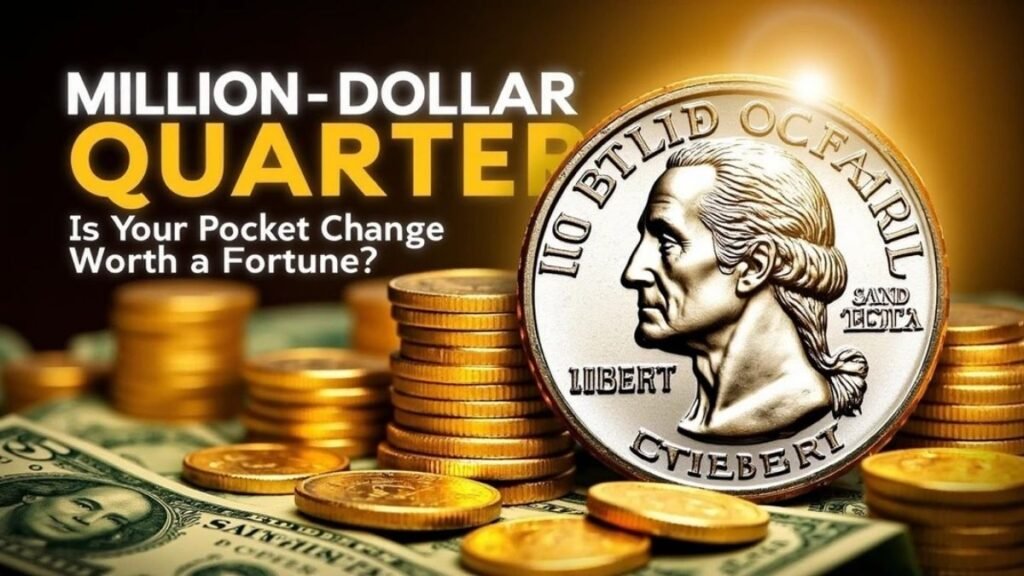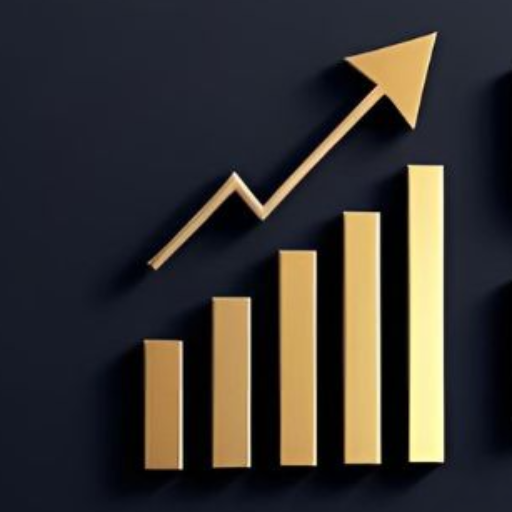🔍Coin collecting is a wonderful world where history, art, and discovery come together. Among the most prominent coins in this world is the Bicentennial Quarter, minted in 1976 to commemorate the 200th anniversary of America. The vast majority of these coins are worth 25 cents; however, some very rare varieties have sold for thousands and even close to $1 million at auctions. Let us try to understand what features make the Bicentennial Quarters so special and valuable.
Why Bicentennial Quarters Are Special
This quarter differs intensely in its design and historical significance. The reverse features a colonial drummer in place of the eagle; the reverse bears the dual date of 1776-1976, representing the American Revolution and the celebration of this country’s bicentennial.
Although most of these quarters were made with a copper-nickel composition, a few rare versions, including silver strikes and minting errors, have become highly valuable collectibles.
The Million-Dollar Bicentennial Quarter

One extraordinary Bicentennial Quarter sold for nearly $1 million due to its exceptional characteristics. This 🔍coin was erroneously minted of 40% silver, an alloy intended for collectible sets, and kept in an absolutely ‘mint’ condition. The rarity of coinage, its being in pristine condition, and its historicity make it a crown jewel in the world of coin collecting.
Rare and Valuable Bicentennial Quarter Varieties
Double Die Obverse (DDO)
A Double Die Obverse error means that the coin’s front design has been accidentally stamped twice, thereby producing a very visible doubling effect. This is likely to affect the date, motto, or other inscriptions on the coin. Such coins possess a desirable quality and can go for much higher than an estimated $25,000, depending on the clarity of the error and the condition of the coin.
Off-Center Strike
An Off-Center Strike occurs when the coin is not minted to its proper alignment, causing the design to be shifted or to have only a partial appearance. Furthermore, the more off-center a strike is, the more it is worth. Rare Bicentennial Quarters featuring pronounced off-center errors, for instance, can bring in more than $25,000, particularly when some aspects of the date and design are still legible.
Silver Composition Error
While most Bicentennial Quarters are made of copper-nickel, some were mistakenly struck on 40% silver planchets. These error coins are extremely rare and particularly valuable in mint condition, with prices reaching $25,000 or more.
Full Drum Lines
The reverse of the Bicentennial Quarter features a drummer, and coins with sharp, detailed drum lines are especially coveted. These “Full Drum Lines” coins indicate that the quarter was struck with fresh dies, resulting in a crisp and clear design. Such coins can sell for $25,000 or more.
Overstruck Quarters

An Overstruck Quarter is created when a coin is mistakenly struck on top of a previously minted coin or another denomination. This results in a fascinating blend of designs from both strikes, making each overstruck quarter unique. Collectors highly value these rare coins, often paying over $25,000.
Proof Error Quarters
Proof coins are specially minted for collectors and feature a polished, detailed finish. However, errors in proof coins, such as misalignments, smudged designs, or incorrect compositions, can make them even more valuable. Proof Bicentennial Quarters with such errors are extremely rare and can easily fetch more than $25,000.
Factors Affecting the Value of Bicentennial Quarters
Several factors influence the value of a Bicentennial Quarter:
- Condition: Coins in mint state (uncirculated) or with minimal wear are worth significantly more.
- Rarity: The fewer coins with a specific error or unique feature, the higher their value.
- Historical Significance: As a symbol of America’s bicentennial, these quarters carry intrinsic historical value.
- Market Demand: High demand among collectors can drive up the prices of rare varieties.
Rare Bicentennial Quarter Varieties and Their Estimated Values
| Type | Description | Estimated Value |
|---|---|---|
| Million-Dollar Quarter | 40% silver, mint state condition | ~$1 million |
| Double Die Obverse | Doubling of front design elements | $25,000+ |
| Off-Center Strike | Misaligned minting process | $25,000+ |
| Silver Composition Error | Struck on silver planchets by mistake | $25,000+ |
| Full Drum Lines | Sharp, detailed drum design | $25,000+ |
| Overstruck Quarter | Struck over another coin or denomination | $25,000+ |
| Proof Error Quarters | Errors in collector-grade proof coins | $25,000+ |
Conclusion
The Bicentennial Quarter is a reminder that even everyday coins can hold extraordinary value due to historical significance, minting errors, or unique compositions. If you have a 1976 Bicentennial Quarter in your collection, examine it closely—you might just be holding a hidden treasure worth thousands or even millions!
FAQs
Q1. How can I tell if I have a rare Bicentennial Quarter?
A1. Look for unique features like minting errors (e.g., doubling, off-center strikes), silver composition, or sharp details in the design. You can also consult a coin expert or a grading service for authentication.
Q2. What is a Double Die Obverse?
A2. A Double Die Obverse is a minting error where the coin’s front design is stamped twice, creating a noticeable doubling effect. This increases the coin’s value significantly.
Q3. Are all silver Bicentennial Quarters valuable?
A3. Yes, but their value depends on their condition and whether they were part of a collector’s set or an accidental minting error.
Q4. Where can I sell rare Bicentennial Quarters?
A4. You can sell them at coin auctions, through coin dealers, or online platforms like eBay and Heritage Auctions.




